Table of Contents
- Shiba Inu at a Glance
- Origin & History
- Appearance & Breed Standard
- Temperament & Personality
- Shiba Inu Puppies: Socialization & Training
- Care & Living
- Health & Preventive Care
- Training, Enrichment & Daily Life
- Nutrition & Weight
- FAQ
- Conclusion
- Shiba Inu Quick Facts
Shiba Inu at a Glance
The Shiba Inu is one of Japan’s oldest dog breeds and is known for a proud, independent nature. With a fox-like look, confident character and strong loyalty to their people, Shibas have moved from hunting companion to beloved family dog. They’re not ideal for first-time owners; clear leadership, patience and respect for their independent streak are essential.

Origin & History
The Shiba Inu’s roots reach back to ancient Japan. Originally used to hunt birds and small game, the breed nearly vanished after World War II but survived thanks to dedicated breeding programs. Today the Shiba is considered a national treasure of Japan and admired worldwide for its authenticity and dignity.
Appearance & Breed Standard
The Shiba Inu is a compact, athletic dog with a distinctive silhouette.
- Height: males 37–40 cm (14.5–15.7 in), females 34–37 cm (13.4–14.5 in)
- Weight: males ~9–11 kg (20–24 lb), females ~7–9 kg (15–20 lb)
- Coat: double coat with dense undercoat and harsh outer hairs
- Colors: red, sesame, black & tan, cream; white is rare
- Hallmarks: tightly curled tail, erect ears, alert fox-like expression
Temperament & Personality
Shibas are self-reliant, intelligent and proud. Loyal to family but reserved with strangers, they pair independence with a clean, cat-like nature and keen awareness. Expect a strong prey drive and a desire to make their own choices—consistent training and thoughtful management are key.
Shiba Inu Puppies: Socialization & Training
Raising a Shiba puppy calls for patience, consistency and a sense of humor. Without clear structure, a Shiba will quickly write their own rulebook.
- Socialization: Early, positive exposure to people, kids and dogs.
- Training: Reward-based methods with treats and praise work best.
- Short sessions: They’re smart but headstrong—brief, frequent training wins.
- Recall: Start early and reinforce often due to a powerful prey drive.

Care & Living
Coat care is straightforward but requires extra brushing during seasonal sheds. Shibas are tidy dogs that dislike tracking dirt indoors. Apartment living is possible with sufficient exercise. A securely fenced yard is ideal—this breed is known for clever escape attempts.
Health & Preventive Care
The Shiba Inu is generally robust with relatively few inherited conditions, though the following can occur:
- Hip dysplasia (HD)
- Patellar luxation
- Allergies or skin issues
- Occasional eye diseases
Regular veterinary checkups and balanced nutrition support a long, healthy life of 12–15 years.
Training, Enrichment & Daily Life
Shibas need both physical exercise and mental work. Long walks, scent games and varied exercises are important.
- Core cues: sit, down, reliable recall—start early.
- Activities: Nose work, agility, trick training.
- Loose-leash skills: Crucial due to prey drive—see leash training.
- Safety: A well-fitted collar and a secure leash are must-haves.

Nutrition & Weight
Feed a high-quality diet with balanced protein, fat and carbohydrates. Keep an eye on weight—extra pounds stress joints. Use treats sparingly and mainly as training rewards.
FAQ
Is a Shiba Inu good for first-time owners?
Not typically—experience with independent breeds is helpful.
Is a Shiba good with children?
Yes, with proper socialization and clear household rules.
Can a Shiba Inu be off leash?
Generally not recommended due to high prey drive—only in secure areas and with a rock-solid recall.
Conclusion
The Shiba Inu is a proud, independent dog with a big heart for their family. Respect their autonomy, train kindly but consistently, and you’ll have a devoted companion who blends tradition with modern living. Intelligent, dignified and charming—the Shiba is a special dog for dedicated owners.

Shiba Inu Quick Facts
| Origin | Japan |
| Height | Males: 37–40 cm (14.5–15.7 in), Females: 34–37 cm (13.4–14.5 in) |
| Weight | Males: 9–11 kg (20–24 lb), Females: 7–9 kg (15–20 lb) |
| Coat | Double coat; short, harsh outer hair with dense undercoat |
| Colors | Red, sesame, black & tan, cream |
| Temperament | Independent, intelligent, proud, loyal |
| Exercise Needs | High — daily walks and training |
| Grooming | Moderate — heavy brushing during seasonal sheds |
| Health | Generally robust; occasional HD, patellar luxation, allergies |
| For Beginners | Conditionally — better with prior dog experience |
| Lifespan | 12–15 years |


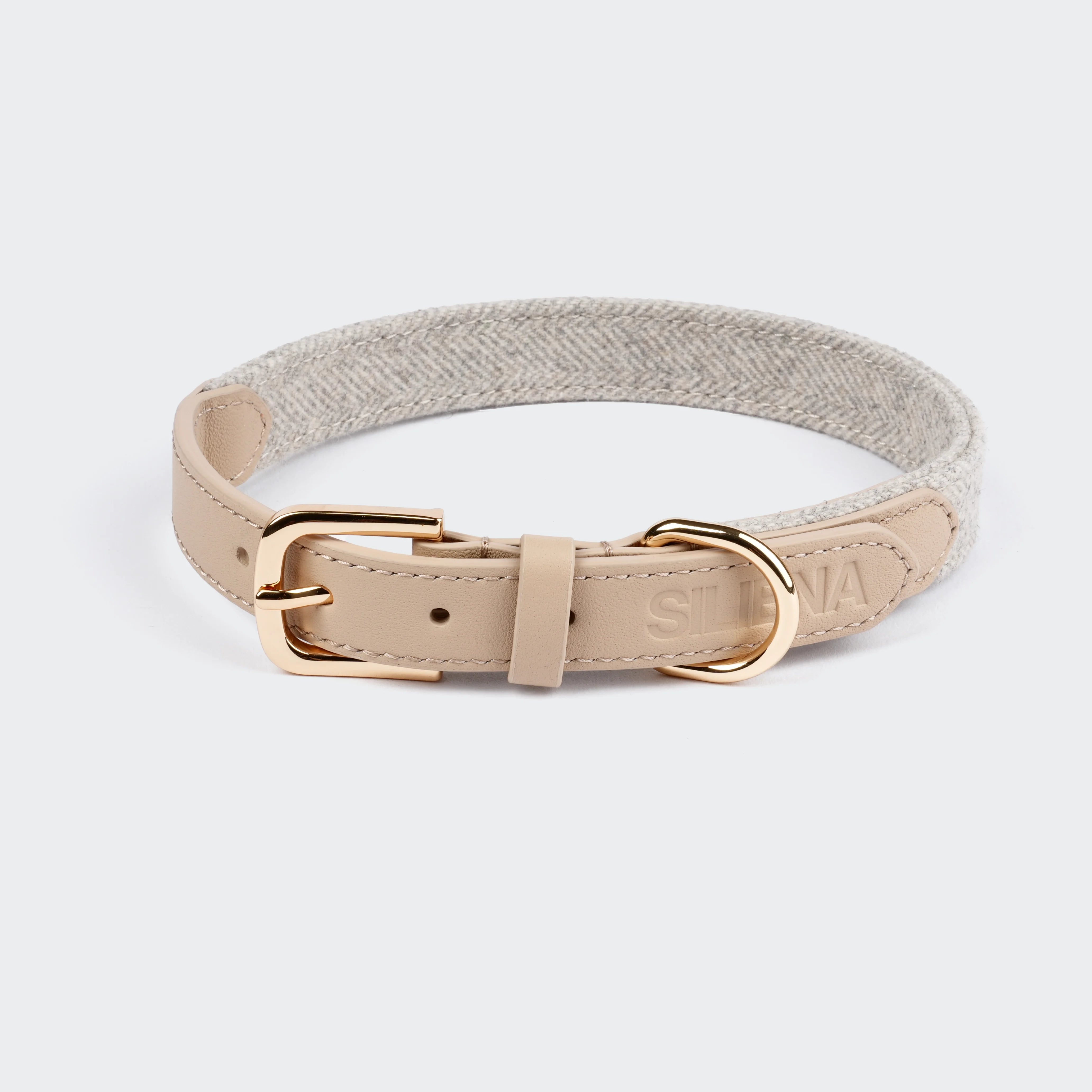
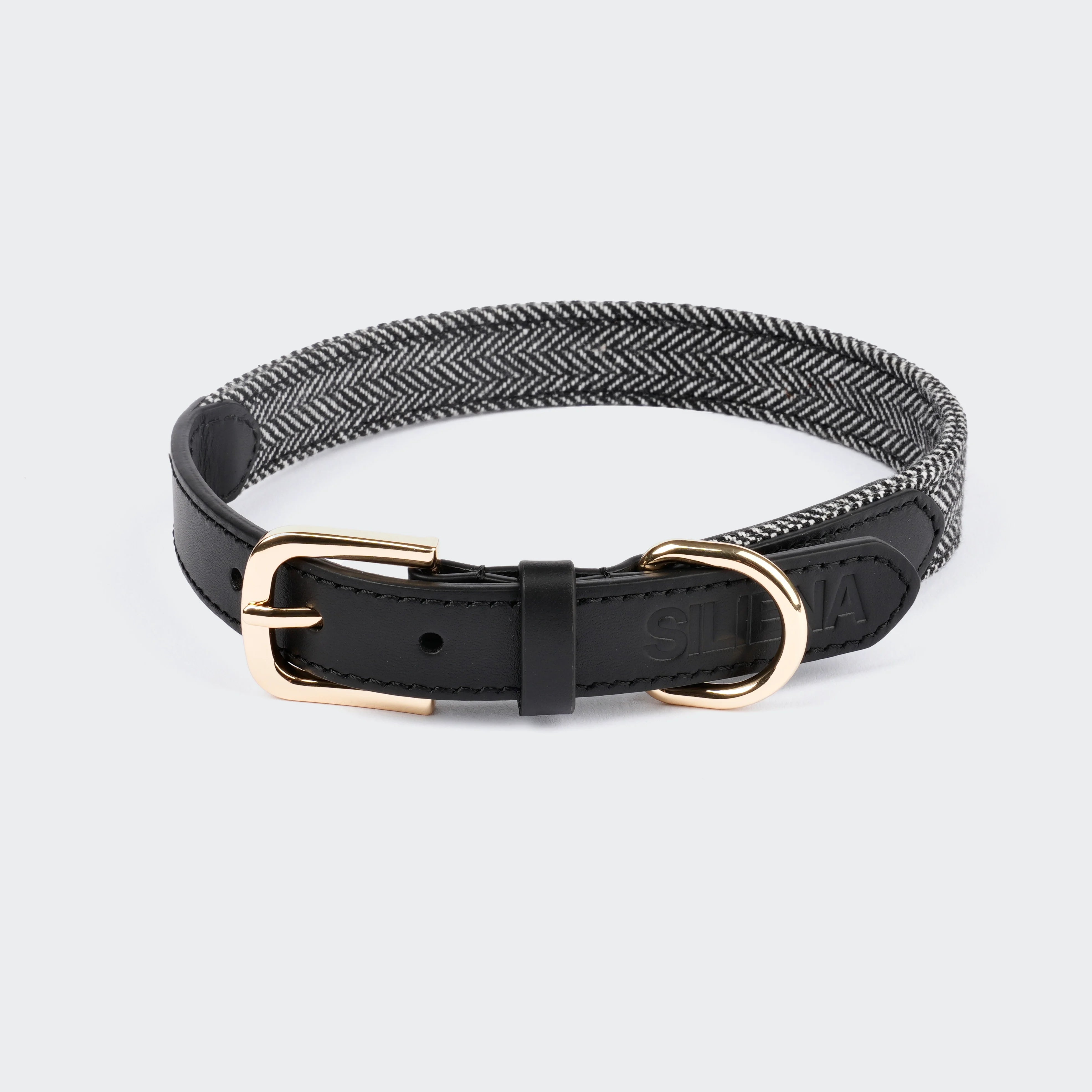
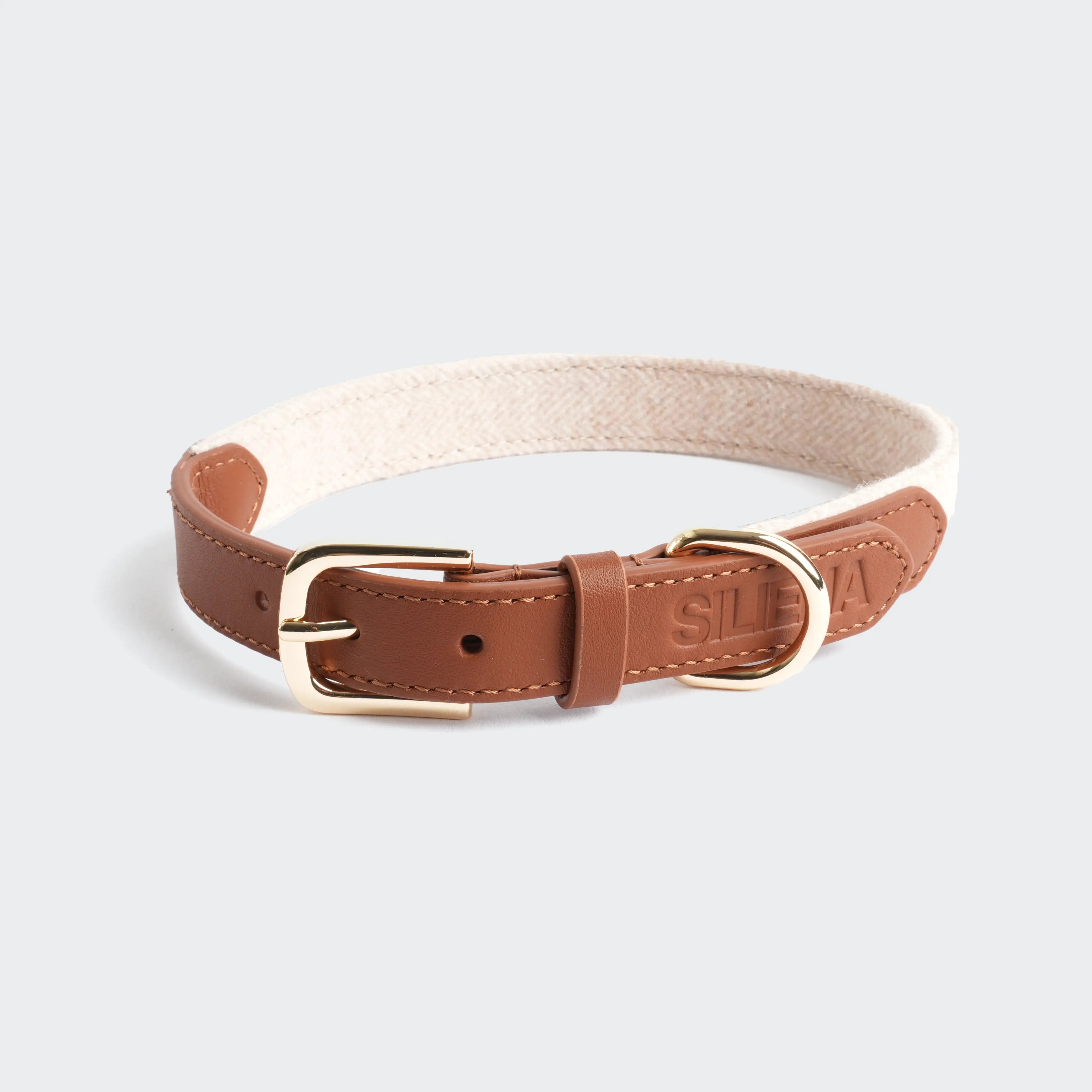
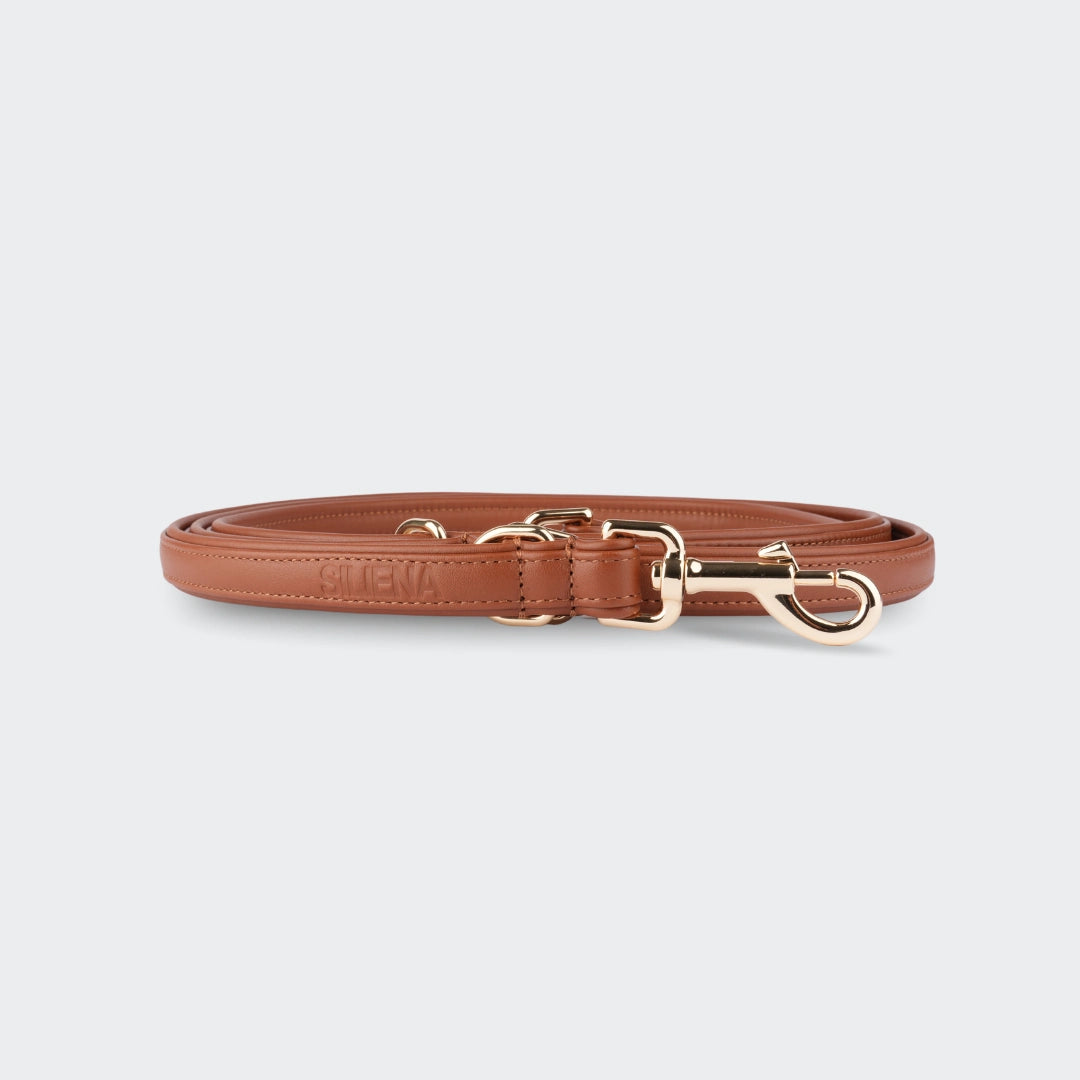
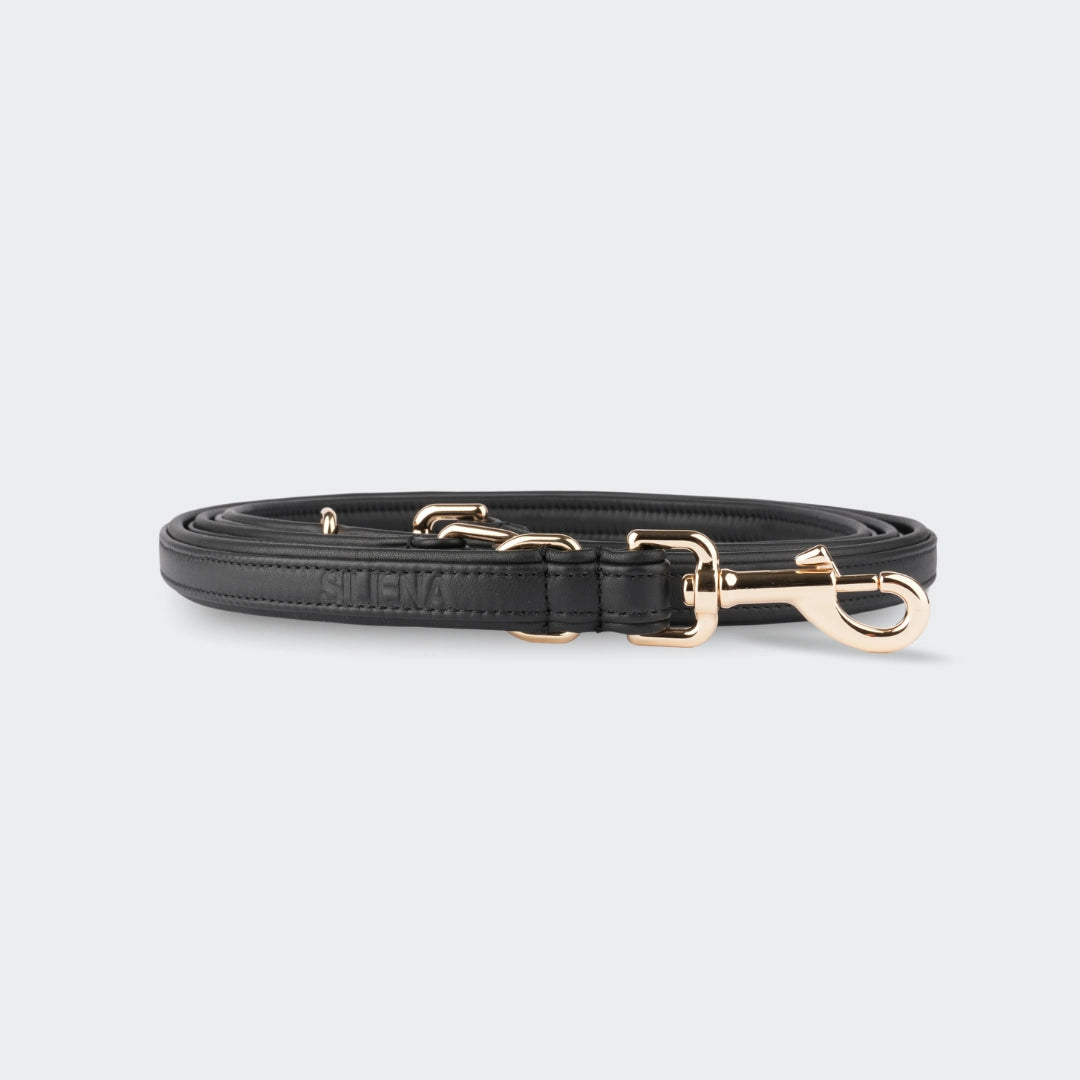
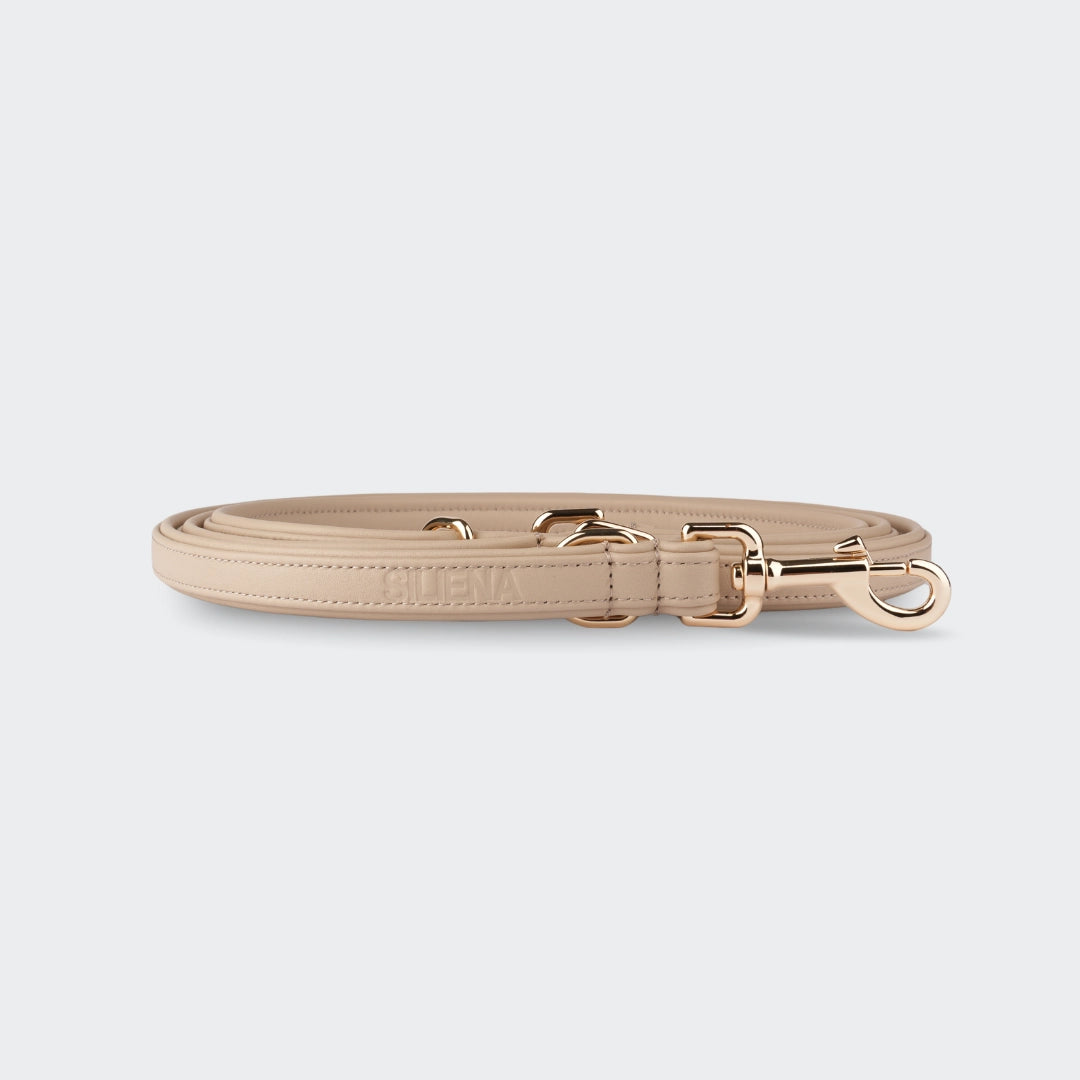
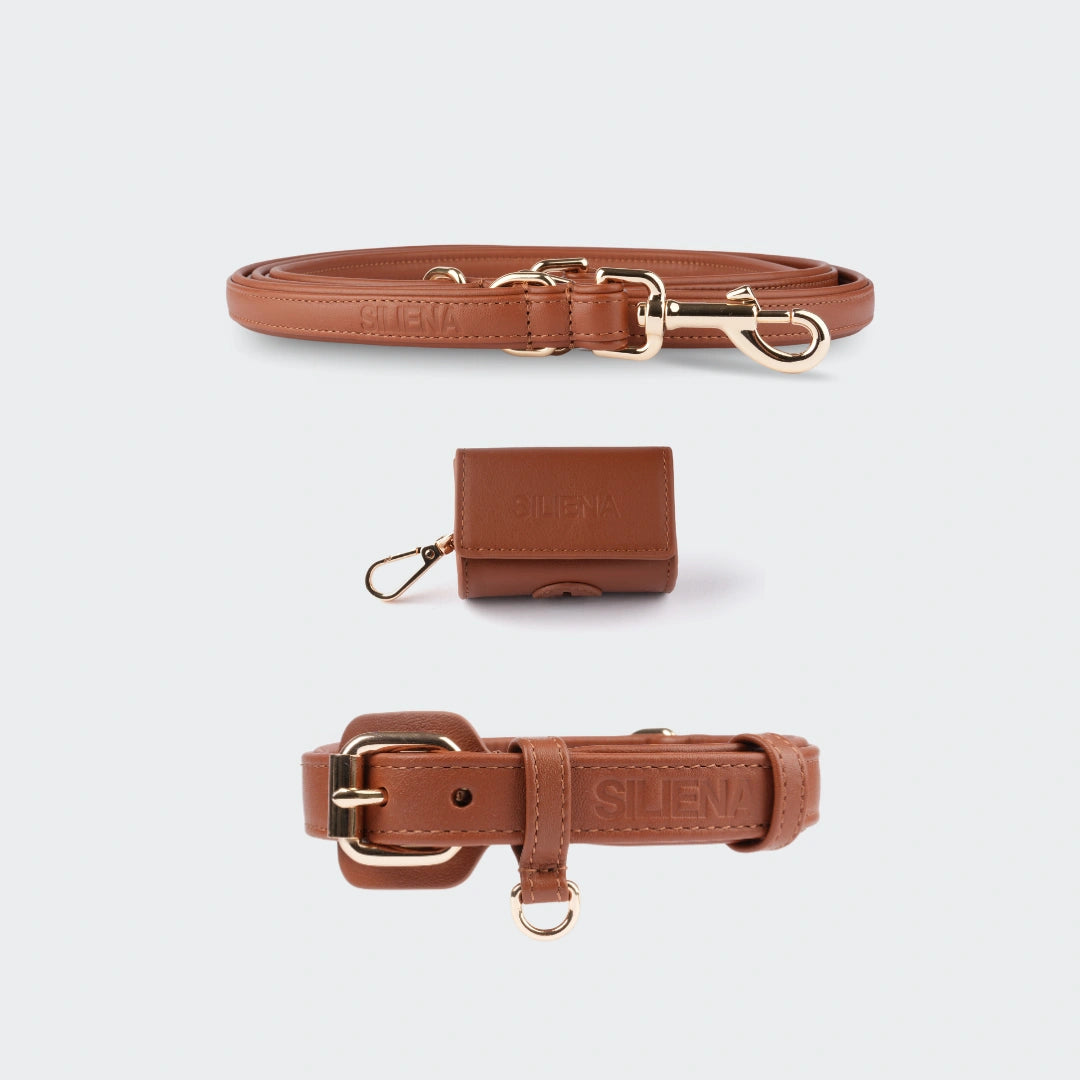
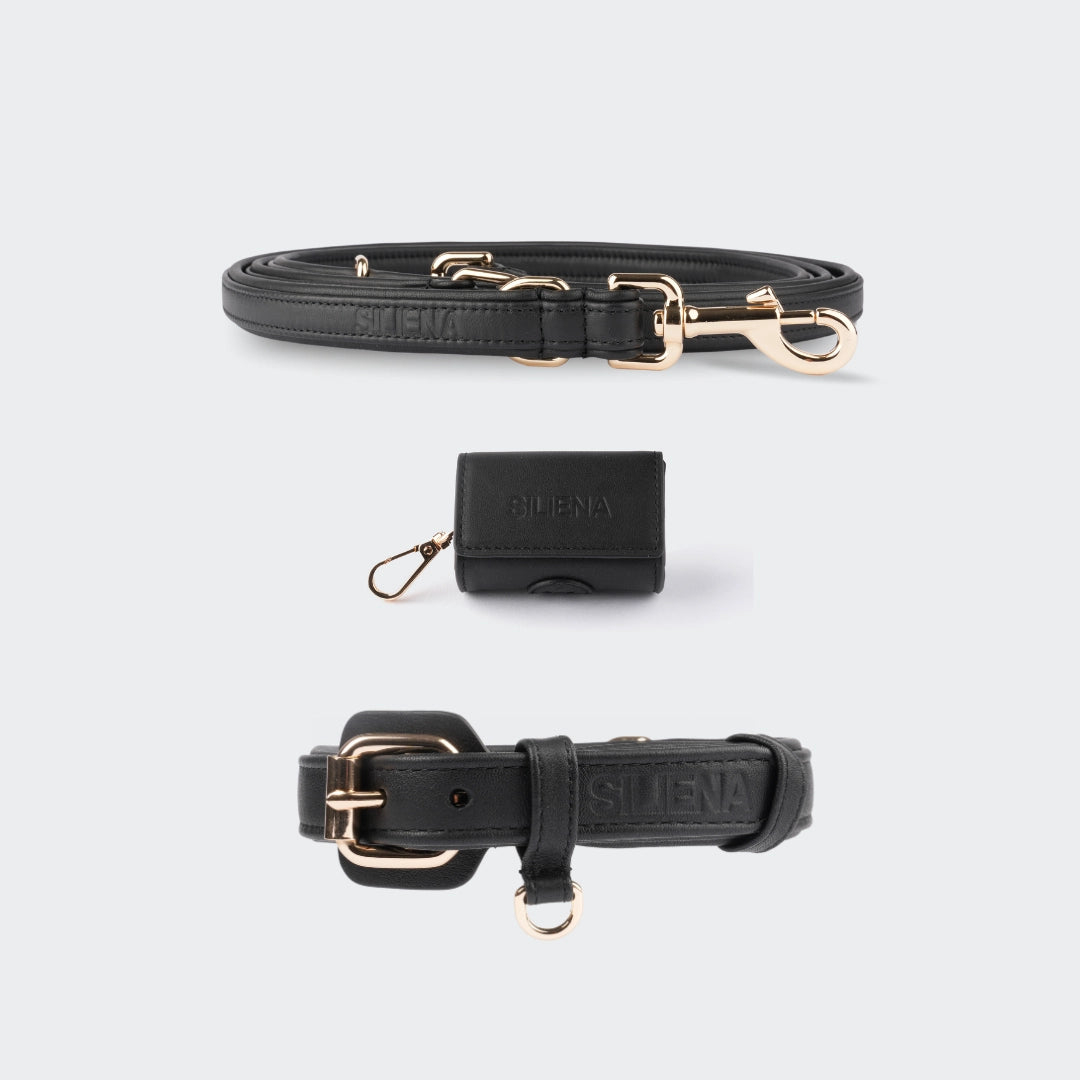
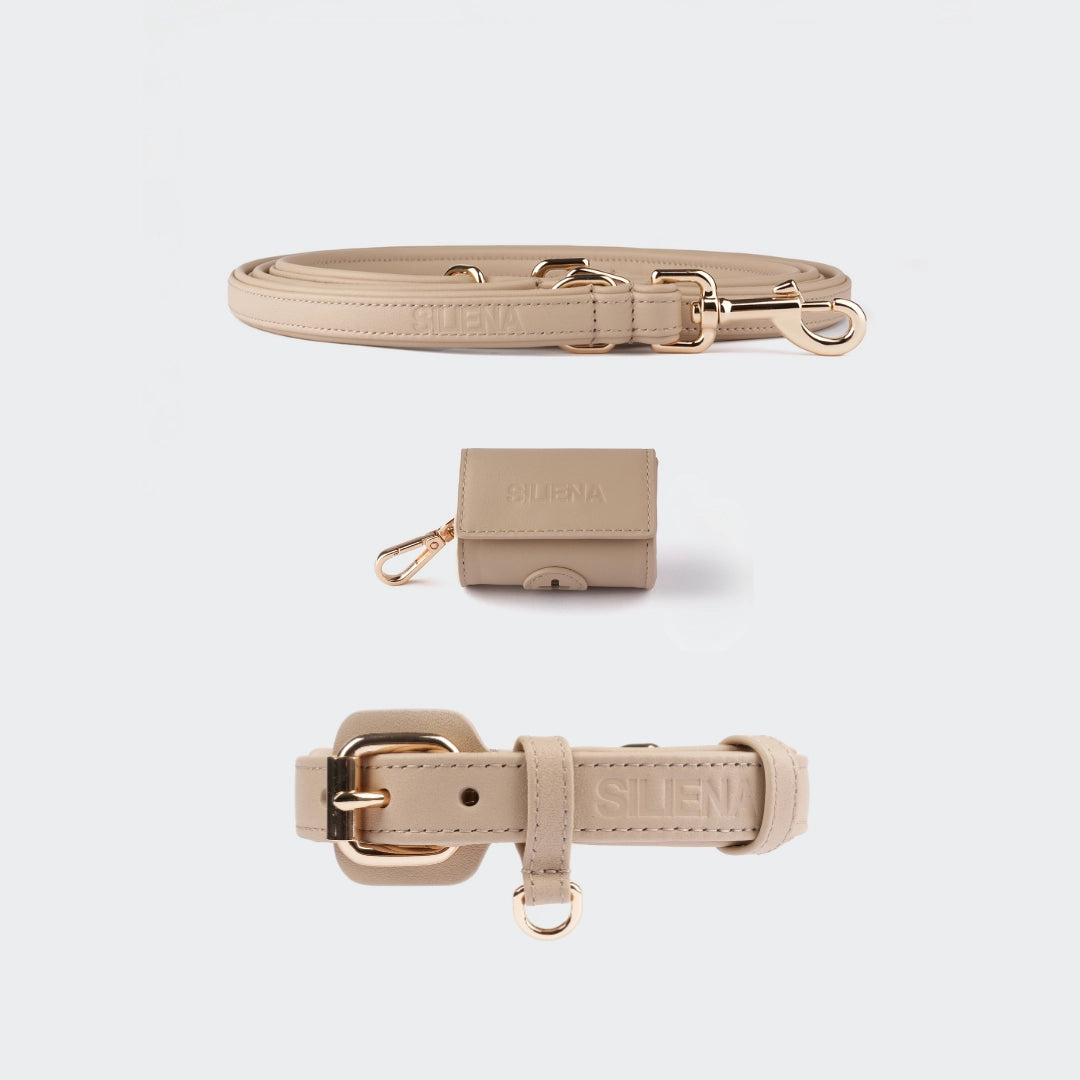
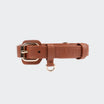
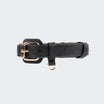

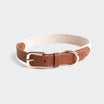
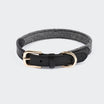
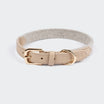

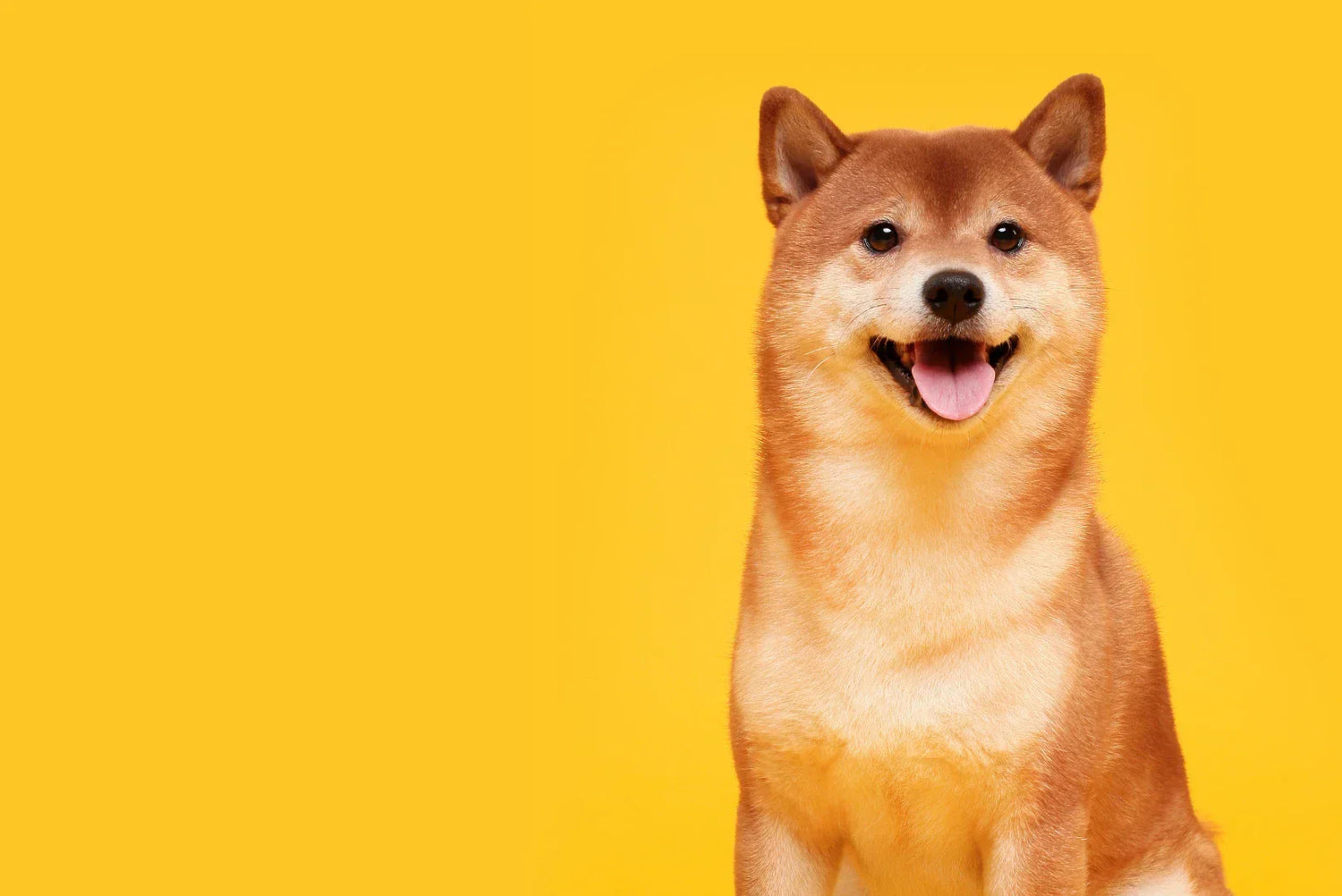

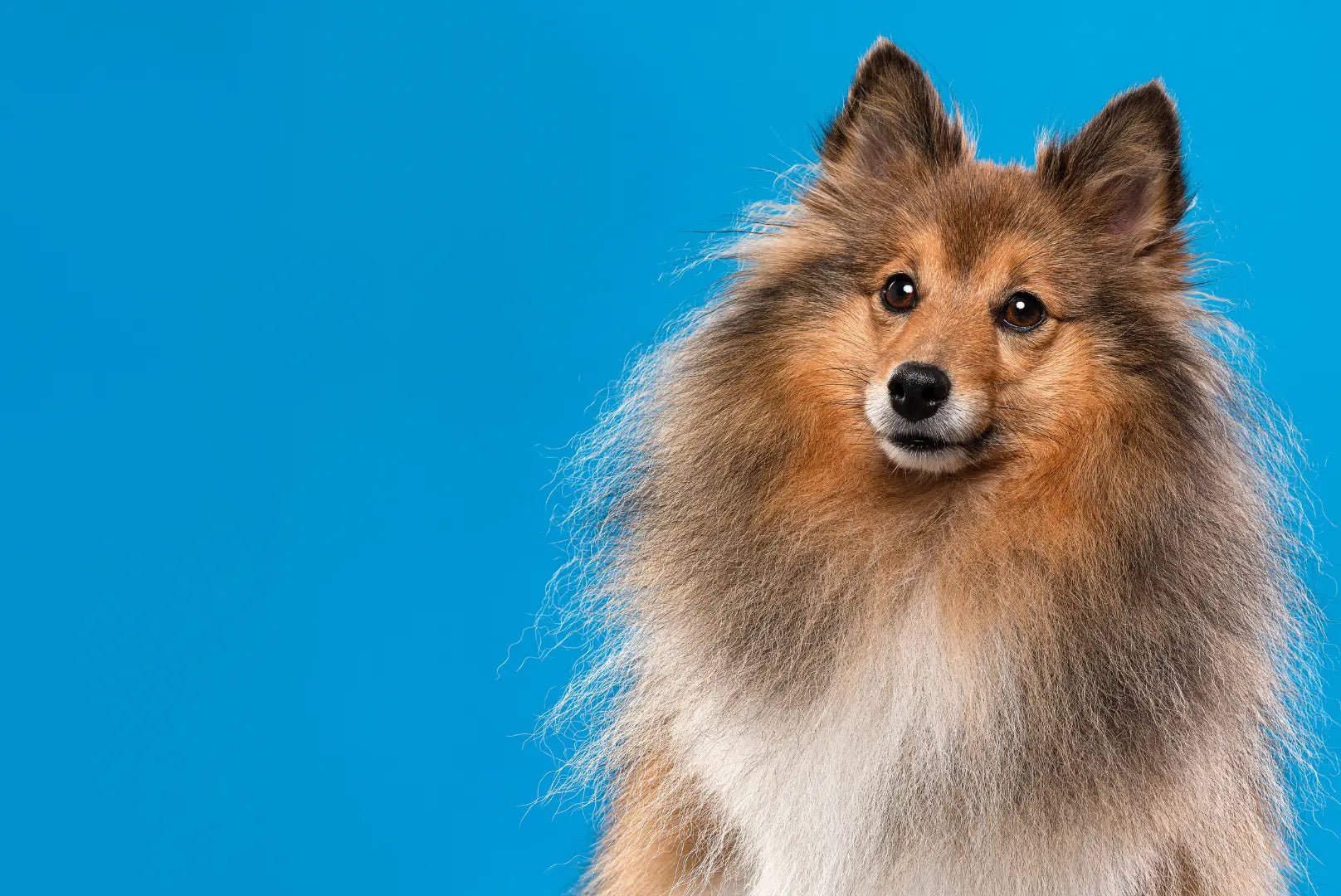


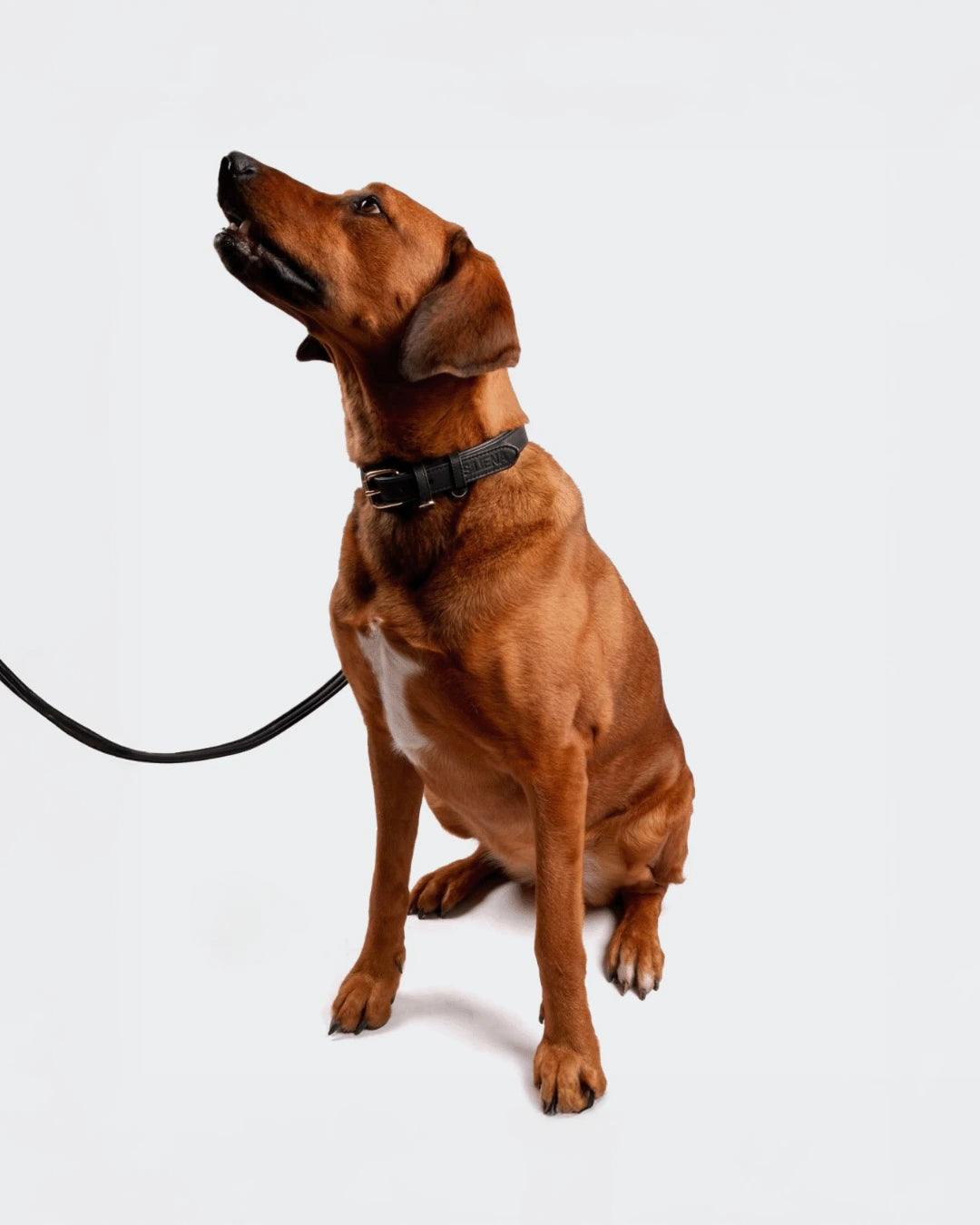
Leave a comment
This site is protected by hCaptcha and the hCaptcha Privacy Policy and Terms of Service apply.